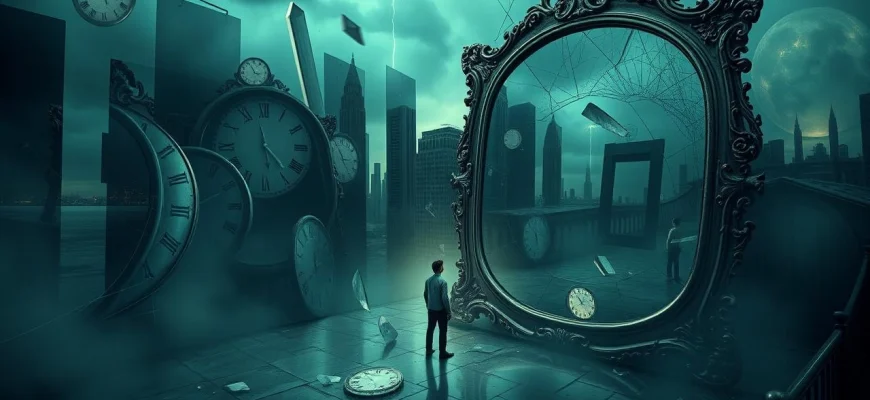If you loved the mind-bending twists, psychological depth, and surreal storytelling of 'Vanilla Sky' (2001), you're in for a treat. This article explores 10 movies and shows that share similar themes of identity, reality, and existential mystery. Whether you're a fan of Cameron Crowe's masterpiece or just enjoy thought-provoking narratives, these recommendations will keep you questioning what's real long after the credits roll.
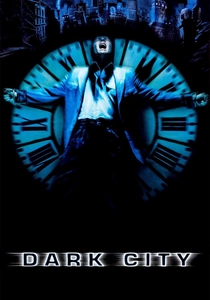
Dark City (1998)
Description: Like 'Vanilla Sky', this neo-noir sci-fi film features a protagonist with memory issues in a reality that's being manipulated. Both films use striking visual styles to represent the artificial nature of their worlds and explore themes of identity and free will.
Fact: The studio forced a voiceover introduction against the director's wishes. The city set was reused from 'The Crow'. Roger Ebert called it the best film of
 Watch Now
Watch Now 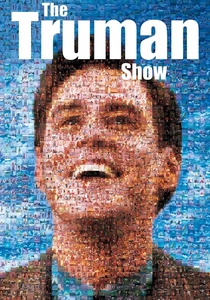
The Truman Show (1998)
Description: This film shares with 'Vanilla Sky' the theme of a protagonist discovering his entire reality is constructed. Both explore the psychological impact of this revelation and question what constitutes authentic experience. The visual style of both films contrasts artificial perfection with underlying unease.
Fact: The name 'Truman' plays on 'true man'. It predicted reality TV years before its explosion in popularity. Jim Carrey based his performance on his father's personality.
 Watch Now
Watch Now 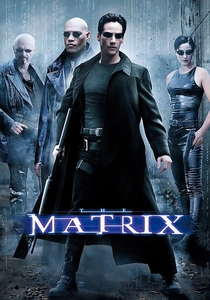
The Matrix (1999)
Description: Both 'The Matrix' and 'Vanilla Sky' explore the nature of reality and feature protagonists who must choose between a comfortable illusion and harsh truth. The visual styles of both films use distinctive color palettes to differentiate between different states of reality.
Fact: The iconic bullet time effect required 120 still cameras. Keanu Reeves trained for 4 months in martial arts. The film's philosophy was inspired by Jean Baudrillard's 'Simulacra and Simulation'.
 Watch Now
Watch Now 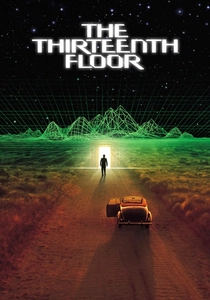
The Thirteenth Floor (1999)
Description: This underrated sci-fi film shares with 'Vanilla Sky' the theme of characters discovering their reality isn't what it seems. Both use noir-inspired visuals and explore philosophical questions about identity and existence within simulated worlds.
Fact: Based on the 1964 novel 'Simulacron-3'. Released the same year as 'The Matrix', overshadowing it. Features one of the earliest uses of virtual reality in film.
 Watch Now
Watch Now 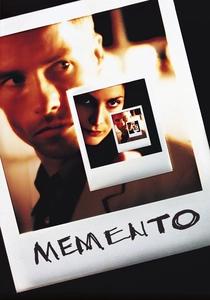
Memento (2000)
Description: Like 'Vanilla Sky', this psychological thriller plays with memory and perception, featuring an unreliable narrator. Both films use innovative narrative structures to immerse the viewer in the protagonist's disoriented state, questioning the nature of truth and identity.
Fact: The film's reverse chronology was inspired by a short story by Jonathan Nolan. Guy Pearce kept a notebook in character throughout filming. The tattoos were real for some scenes, temporary for others.
 Watch Now
Watch Now 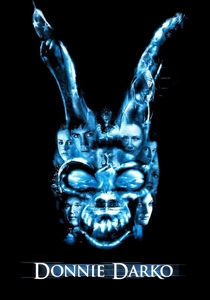
Donnie Darko (2001)
Description: Like 'Vanilla Sky', this cult classic blends psychological drama with science fiction elements, featuring a protagonist experiencing disturbing visions that may or may not be real. Both films deal with themes of fate, time, and existential crisis, using surreal imagery to represent the protagonist's fractured psyche.
Fact: The film was shot in 28 days. The rabbit costume was so hot the actor could only wear it for short periods. The director's cut significantly changes the film's interpretation.
 Watch Now
Watch Now 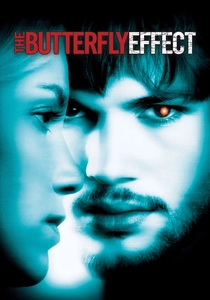
The Butterfly Effect (2004)
Description: This film shares with 'Vanilla Sky' the theme of trying to alter past events with unintended consequences. Both explore how memory shapes identity and feature protagonists who become increasingly unstable as they manipulate time/reality.
Fact: There are 4 different endings to the film. Ashton Kutcher took a pay cut to star in it. The director originally wanted it to be R-rated but was overruled.
 Watch Now
Watch Now 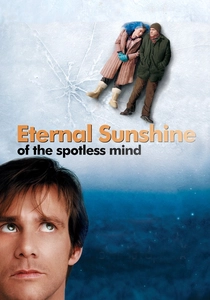
Eternal Sunshine of the Spotless Mind (2004)
Description: Like 'Vanilla Sky', this film explores themes of memory, identity, and the nature of reality. Both movies use surreal visuals and nonlinear storytelling to depict the protagonist's psychological journey. The emotional tone is similarly melancholic and introspective, questioning the value of painful memories in shaping who we are.
Fact: The film's title comes from a line in Alexander Pope's poem 'Eloisa to Abelard'. Jim Carrey was cast against type for the lead role. Michel Gondry used practical effects to create the memory-erasure sequences.
 Watch Now
Watch Now 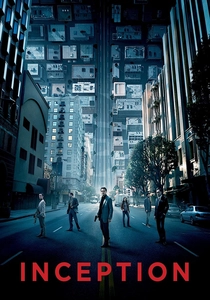
Inception (2010)
Description: Similar to 'Vanilla Sky', 'Inception' deals with layered realities and the blurring line between dreams and waking life. Both films feature protagonists struggling to distinguish reality from illusion, with visually stunning sequences that represent altered states of consciousness. The theme of lost love also plays a central role in both stories.
Fact: Christopher Nolan spent nearly 10 years developing the script. The spinning top at the end wasn't originally in the script. The hallway fight scene used a rotating set, with Joseph Gordon-Levitt performing most of his own stunts.
 Watch Now
Watch Now 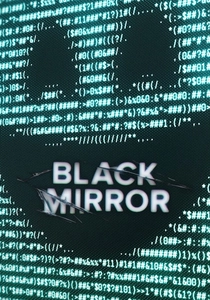
Black Mirror (2011)
Description: This anthology series shares with 'Vanilla Sky' a fascination with technology's impact on human consciousness and identity. Many episodes explore themes of artificial reality, memory manipulation, and the psychological consequences of technological advancement - all central to 'Vanilla Sky'.
Fact: The title refers to screens of digital devices when turned off. Charlie Brooker wrote the first episode in just 3 days. The show was originally commissioned by Channel 4 before moving to Netflix.
 Watch Now
Watch Now 
